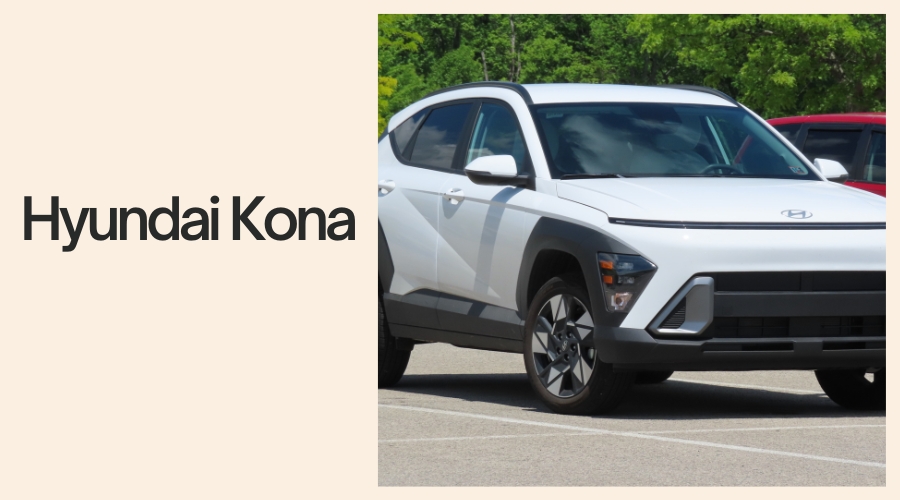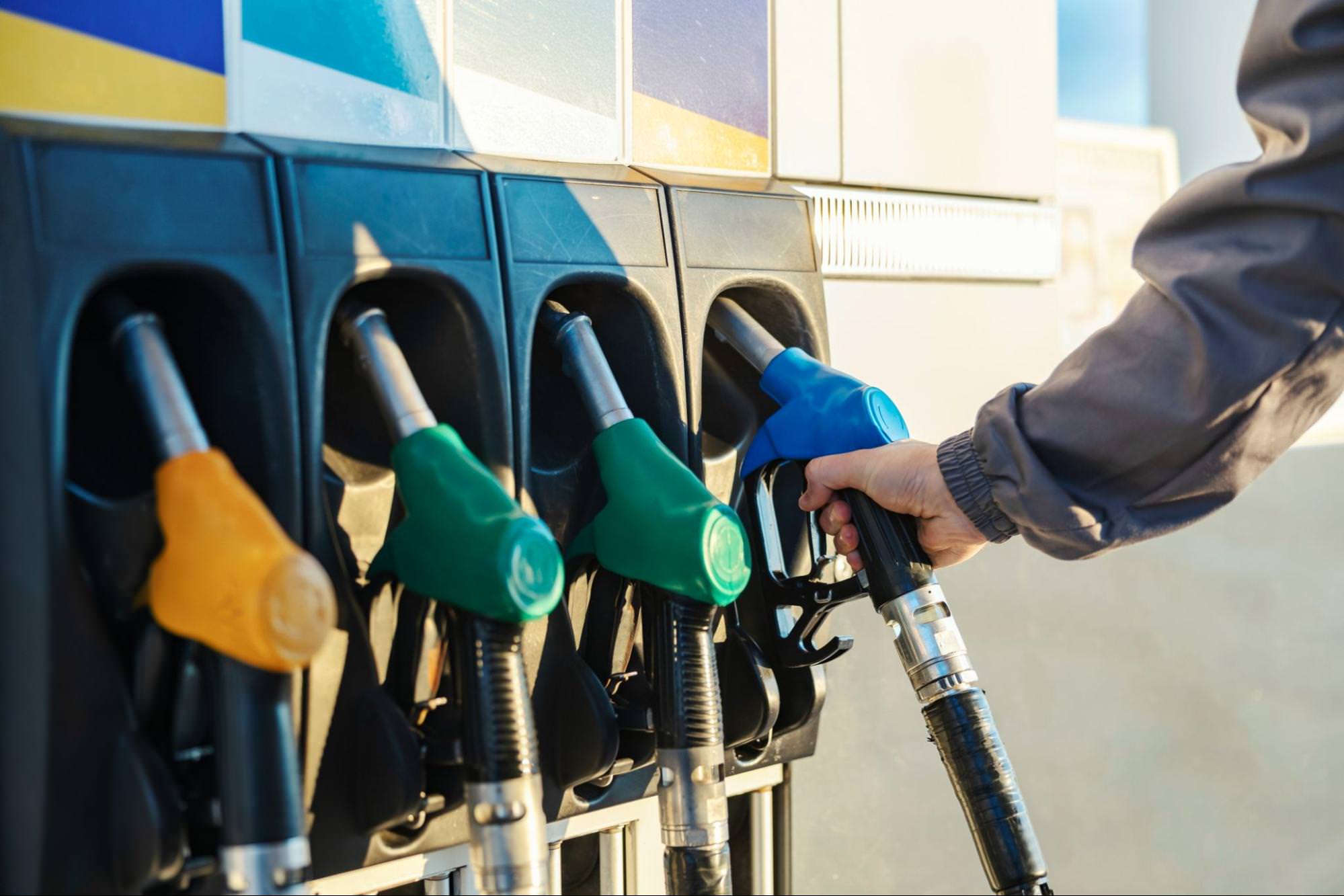to report «iusnews»;
So… You’re Ready for a New Ride? Let’s Talk Affordable SUVs in 2025!
Wait !
If you’ve been driving around in an older car that’s way past its prime, maybe crashed or simply costing you too much to keep on the road, it might be the perfect time to let it go. You can easily score top cash by selling it to a car wrecker—there are plenty operating throughout Australia. But if you happen to be in Brisbane and want a reliable, hassle-free service, check out Junk Car Removals. They’ve got the experience and trustworthiness to make the selling process quick and profitable for you.
NOW
Honestly, it’s no secret that Aussies love SUVs. They’re practical, comfy, and give you that raised driving position that somehow makes you feel just a little more in command (or maybe a lot more!). But the big question: Which SUVs can you snag in 2025 without having to re-mortgage your house?
In this friendly, somewhat chatty guide, we’ll dive deep into Australia’s best affordable SUVs for 2025. The focus is on giving you the lowdown on prices, features, and the reasons these models have captured the hearts of everyday drivers and auto experts alike. We’ll keep it real, referencing both official brand sources and general user reviews. After all, we want an article that helps you rummage through your options effectively—no fluff, just genuine insights.
Quick Snapshot: What Does “Affordable” Even Mean These Days?
Given that the average full-time salary in Australia hovers around AUD $70,000 a year (give or take, depending on whose stats you read), most folks aim for a car that doesn’t exceed 50–70% of that figure. So we’re talking a comfy budget range of roughly $30k to $45k for a new set of wheels—though some base models might dip below that, and higher trims might stretch it a bit.

1. The Zippy Little Hyundai Kona
Website: Hyundai Australia
Why People Love It
The Hyundai Kona has built a strong reputation as a fun, compact SUV that’s perfect for city life. Even though it’s on the smaller side, it doesn’t feel cramped inside. If you’re single, a couple, or a small family, it’s quite spacious for groceries, luggage, or that random IKEA haul.
Notable Perks
-
Variety of powertrains: 2.0L petrol, 1.6L turbo if you need a bit more zip, and even a hybrid option.
-
It’s received a neat facelift for 2025, with a bigger infotainment screen, plus advanced driver-assist features.
-
The price can start around the mid-$30k mark (for base models) and climb if you want more bells and whistles.
Possible Gripes
-
If you get the entry-level version, it might feel a tad underpowered.
-
Some interior plastics can feel a bit economy-focused rather than premium.
Still, for urban dwellers looking for something stylish, easy to park, and reasonably priced, it’s a top contender.
2. Kia Seltos: All About That Value
Website: Kia Australia
What’s the Vibe?
The Kia Seltos manages to combine a roomy interior with a surprisingly compact exterior footprint. Folks rave about how “cavernous” the boot is for a small SUV, making it a real champion for families who need to haul kid gear or travel paraphernalia without jumping up to a full midsize SUV.
Why It’s a Steal
-
Super competitive pricing, starting around $29k to $30k for the base model. That’s well within many budgets.
-
Kia’s 7-year unlimited-kilometre warranty is practically legendary now—it’s one of the longest factory warranties you can get, which is awesome for peace of mind.
-
Comes with loads of safety features standard, including AEB (Autonomous Emergency Braking) and lane-keeping assistance.
Could Be Better
-
No hybrid version yet, which is a pity when so many buyers are eyeing better fuel economy.
-
Base trims can feel a bit spartan, but hey, at least the fundamentals are there: reliability, space, decent performance.
Overall, the Seltos is big on practicality and reliability, so it definitely deserves a spot on your shortlist if you’re after something under $40k.
3. Toyota Corolla Cross: The Sensible Superstar
Website: Toyota Australia
Why Everyone’s Talking About It
It’s a Toyota, so we’ve got to start with the brand’s bulletproof reputation for reliability and strong resale. The Corolla Cross is basically the beloved Corolla hatch but with a more SUV-like stance and ride height. Because who wouldn’t want more ground clearance for those sneaky speed bumps?
Highlights
-
Super fuel-efficient in the hybrid variants, typically averaging around 4.2–4.3 L/100km. Your wallet will thank you.
-
Spacious cabin for a smallish SUV, and the seats are comfy for both short errands and longer weekend getaways.
-
Toyota Safety Sense is standard across the range (AEB, active cruise control, lane assist, etc.), so it’s 5-star ANCAP rated.
A Few Downsides
-
Some folks find the driving experience a little dull or “too sensible,” meaning it’s not exactly sporty.
-
Base models can be minimal on creature comforts—if you want the bigger screens and extra features, you’ll be looking at a pricier trim.
Given Toyota’s fan base and reliability record, though, the Corolla Cross is an obvious candidate for “best overall small hybrid SUV.”
4. MG ZS (Including the ZS EV)
Website: MG Motor Australia
What’s Interesting
MG stormed the Australian market with extremely sharp pricing. The ZS line is the poster child for an SUV that’s surprisingly cheap to buy new, but still offers modern styling and fairly decent standard features.
Sweet Spots
-
MG ZS petrol models can start in the mid-$20k range—great for the ultra budget-conscious.
-
The ZS EV is one of the cheapest electric SUVs in Australia, priced around $44k drive-away. If you want to dip your toes into electric ownership, it’s a friendly entry point.
-
Cabin space is actually respectable for the class, and you might be surprised by the decent amount of included tech.
Word of Caution
-
Some owners mention that the interior materials, especially in older or base variants, can feel a bit lower-end.
-
Resale values are still uncertain. MG’s popularity helps, but brand-new deals sometimes mean used ones depreciate more rapidly.
Despite a few question marks, the MG ZS or ZS EV definitely deserve a look if your budget is tight or you simply like the idea of going electric without draining your bank account.
5. Nissan Qashqai: Style & Comfort
Website: Nissan Australia
Quick Overview
The Nissan Qashqai has always played the role of “stylish compact crossover.” The 2025 iteration sees a snazzy redesign with a fresh front grille, improved infotainment, and better materials inside.
Pros
-
360° camera is available from mid-spec and above, making parking in tight spots super convenient.
-
The 1.3L turbo petrol engine strikes a balance between decent performance and okay fuel economy.
-
The interior is comfortable, with supportive seats and user-friendly controls.
Not So Great
-
No AWD for Aussie buyers, while some international variants do have it.
-
The top trims can creep dangerously close to $50k, which might be out of the “affordable” zone for some.
Still, if you love a refined feel, sleek styling, and you’re okay with front-wheel drive, the Qashqai’s a crowd-pleaser.
6. Toyota RAV4 Hybrid: The Family Fave
Website: Toyota Australia
What’s the Hype About?
We can’t do an Aussie SUV round-up without mentioning the unstoppable RAV4. If the smaller Corolla Cross is a bit too tight for you, the midsize RAV4 might be your sweet spot—especially if you want top-tier fuel economy in a bigger package.
Key Perks
-
The hybrid version is unbelievably efficient (around 4.7–4.8 L/100km). Perfect for city commutes, road trips, you name it.
-
Holds its value better than nearly any other SUV on the market. Toyota’s brand loyalty is no joke—used RAV4 Hybrids often command near-new prices.
-
Loads of space inside—comfortably seats five, plus you can fit plenty of luggage in the back.
Keep in Mind
-
Base GX is competitively priced in the low $40k’s, but if you want advanced features or AWD, you’re inching upwards fast.
-
The waiting list has historically been insane. Toyota’s tried to ramp up production, but popular trims could still mean a wait of a few months (or more).

Fuel Options: Petrol, Diesel, Hybrid, or Electric?
-
Petrol: Most common and often cheapest upfront. Expect 7–8 L/100km on average for a small or midsize SUV, depending on driving style.
-
Diesel: Great for highway mileage and towing, but fewer midsize SUVs offer it now that hybrids have taken centre stage. Diesel can be a solid option if you do heaps of rural driving.
-
Hybrid: Combines a petrol engine with an electric motor. Great for city traffic (low fuel usage) and typically only a few thousand more than a petrol model. The Toyota RAV4 Hybrid is a star example.
-
Plug-in Hybrid (PHEV): Big battery, can drive 40–80 km purely on electricity if you charge at home. More expensive, though—Outlander PHEV is a prime example.
-
Electric (BEV): Zero emissions, minimal “fuel” cost (just electricity), but the entry price can be higher unless you look at something like the MG ZS EV. Range can vary from 300–500 km, enough for most daily commutes.



